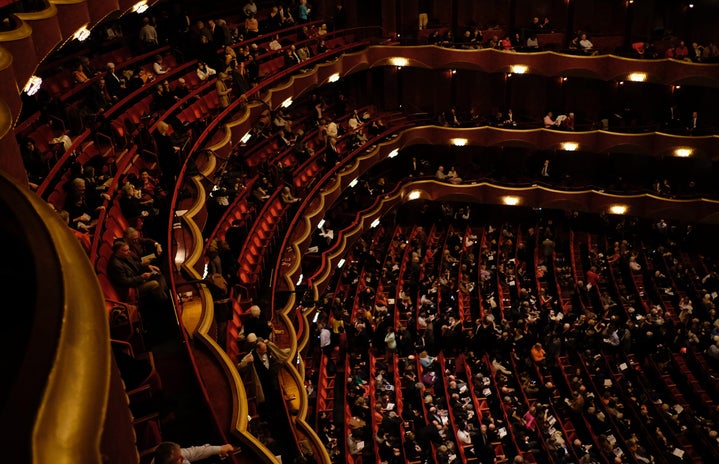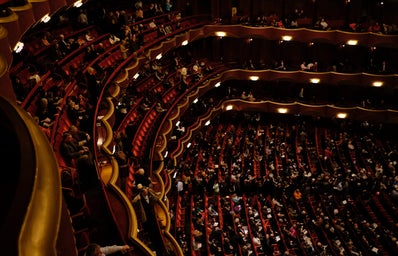Last month was the opening of the New Contemporary exhibit at the Art Institute of Chicago. Identifiable by the advertisements displaying classic Warhols and Lichtensteins alike, as a very enticing, mainstream welcome into the disconcerting world of contemporary art. These pieces were unseen-and-unheard-of forms of vibrant pop-art that revolutionized modern art in the mid-1900s. These aren’t the only pieces in this new exhibit that stir up question, emotion, and absolute discomfort. Galleries 288 and 290-299 are deliberately full to the brim with these riveting pieces dated from 1945 to the present. All of these are available to any DePaul undergraduate student for free, thanks to a recent collaboration with the Art Institute. Allow yourself to engage in conversation with these pieces, even if you don’t understand, and especially if you are frightened.
The entryway with Pollocks and pieces of muted abstraction are non-objective enough to invite you in. Once you have crossed to the galleries to your right, left, or the one immediately ahead of you, you will realize that you aren’t quite lost, but enveloped in an area that oddly reflects reality while simultaneously creating a new one. You’re in an eccentric yet unsettling labyrinth. The galleries are tense; there is a chair in the corner of the room that is not for sitting, but is an art piece. There is a wedding dress in the middle of the gallery that is not meant to be worn, and menacingly beeps if you get too close. The physicality of the pieces is essential; though it’s not the first thing that you will notice about the exhibit, it will soon become obvious to you that there are little beeping alarms going off in every corner of every gallery. Almost every piece in this exhibit allow the viewer to “enter” into it despite the medium; the viewer is in constant and direct dialogue with the piece. If you try and get too close, they will challenge you with a responding beep. They are speaking to you.
Three particularly enticing pieces that physically dominate and speak within the galleries are neither Warhols nor Lichtensteins, but are tucked into various galleries, folded into the middle of the exhibit, jumping at you from between the curators and behind the walls. “Boy,” a mannequin-esque sculpture standing just shy of six feet, plays on the fear of the humanly unhuman. Yes, he looks like a boy with his pastel overalls and soft features, but why does he tower over the adults? Why was he hiding behind the wall?
“Still” by Damien Hirst is simply a glass cabinet filled with surgical and laboratory equipment, complete with an assortment of vomit bowls, knives and scalpels. The reflective background of the piece allows you to see yourself as you look at the instruments and you have to ask, “Why would I need these?” The juxtaposition between the moving human and the sharp and glittering unhuman is especially unsettling.
Tucked richly in the direct middle of the exhibit is “Untitled” by Robert Gober, a fully interactive piece inhabiting an entire gallery, covered in a loud, triggering, and provocative wallpaper, surrounding an empty yet standing white wedding dress and eight sculptures of bags of cat litter. This commentary on racism, purity, and equality in this all-encompassing and domestic environment is absolutely a piece to view.
Art can be anything, and it most certainly doesn’t have to be beautiful. The pieces in the New Contemporary exhibit invite you to have a conversation. No matter how unsettling everything is, you were indeed given an invitation, and you will want to get closer.

